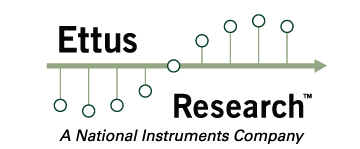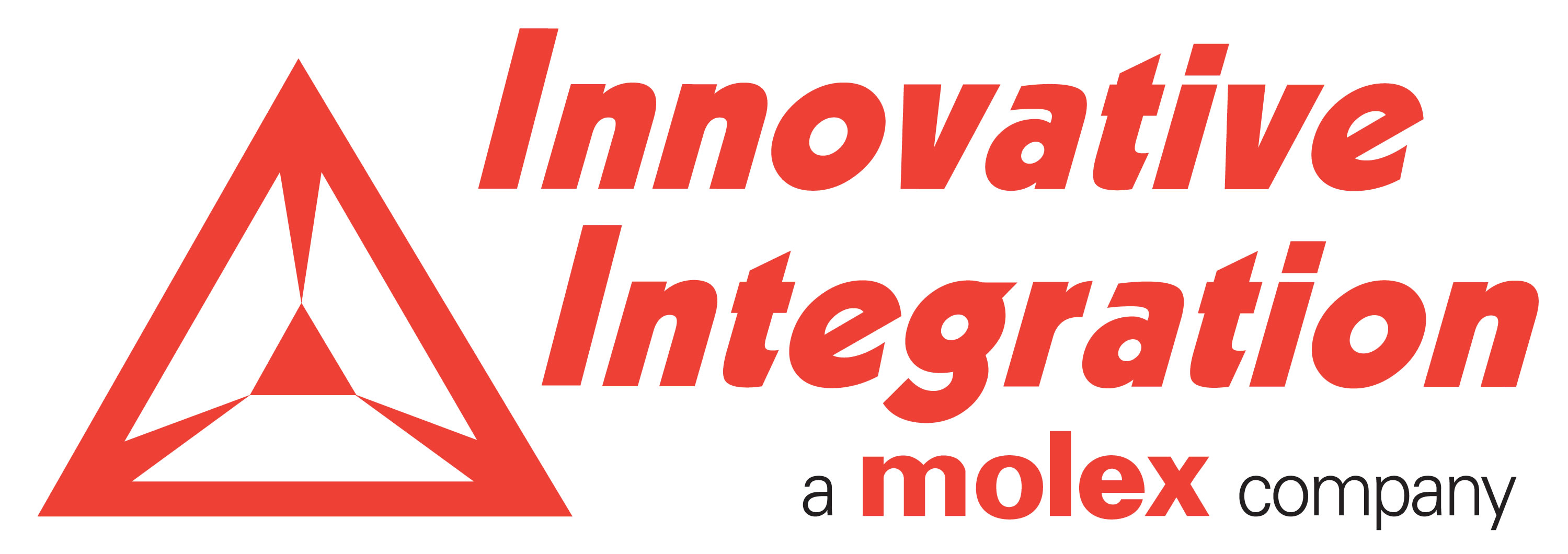2017 Innovation Showcase
|

|
SDR LTE Base Station and Core Network Demo
Ettus Research will demonstrate a low cost LTE eNodeB and core network using a USRP RF device, small form factor PC, and Amarisoft software stack. This deployment capable architecture is suitable for applications in various industries such as cellular test & measurement, telecom, automotive, IoT, and other areas where wireless connectivity is required.
|
|

|
Rugged, Small Form Factor SDR Solution with Zynq7045 and AD9371/AD9375
Innovative Integration will demonstrate the stand-alone data acquisition module using Xilinx Zynq7045 and AD9371/AD9375 in a small form factor. It serves as a flexible platform for ADAS, IOT Edge, SIGINT, and distributed signal processing. Board support package for MATLAB/Simulink and Xilinx System Generator is available for rapid FPGA prototyping.
|
|
National University of Defense Technology, P.R. China
|
MeshApp: An Architecture to Shift Applications from SCA-based Radios to COTS Smart Devices
In recent years, LTE and 5G standardizations have made a huge success and wireless innovations are increasingly driven by the mobile industry. There are numerous and abundant applications designed for commercial-off-the-shelf (COTS) smart devices, such as smartphones, tablets and smart watches. Meanwhile, Software Communication Architecture (SCA) has also achieved a great success which enhances portability of waveforms and interoperability among diverse software defined radio (SDR) platforms. However, most SCA-based radios still inherit the traditional style which is not open for application developers, making their capabilities far from well utilized. Therefore, It is becoming very important to study how to leverage the advantages of mobile industry to boost the applications and enhance user experience of SCA-based radios. In this demonstration, we propose MeshAPP, an architecture to shift applications from SCA-based radios to COTS smart devices. Two applications, Waveform Manager and MeshChat, are developed based on MeshAPP. We would like to present our SDR education platform, developing tools and applications in this demonstration.
|
|

|
SCA Development Demonstration
Software Defined System is the industry's response to the ever increasing complexity and flexibility requirements of today's electronic systems. The Software Communications Architecture (SCA) enables the fulfillment of such requirements for complex heterogeneous embedded distributed systems. In this demonstration, NordiaSoft shows how SCA software can be developed using tools that combine model-driven design (MDD) and rapid application development (RAD). Using Zero Merge code generation technology, the business source code for an SCA component (modulator, encoder, etc.) is kept separate from the infrastructure code that deals with deploying, instantiating, configuring, connecting, inter-process communications, etc. This demonstration will show how the proposed approach provides the greatest potential of reuse for intellectual property.
|
|

|
Talon Sentinel Intelligent Signal Scanning Recording Systems
Pentek's SentinelTM recorders add intelligent signal monitoring and detection for real-time recording systems. The intuitive GUI allows users to monitor the entire spectrum or select a region of interest, while a selectable resolution bandwidth allows the user to trade sweep rate for a finer resolution and better dynamic range. Scan settings can be saved as profiles to allow for quick setup in the field. RF energy in each band of the scan is detected and presented in a waterfall display. Any RF band can be selected for real-time monitoring or recording. In addition to manually selecting a band for recording, a recording can be automatically started by configuring signal strength threshold levels to trigger a recording. The Sentinel hardware resources are controlled through enhancements to Talon's SystemFlow® software package that includes a Virtual Oscilloscope, Virtual Spectrum Analyzer and Spectrogram displays, providing a complete suite of analysis tools to compliment the Sentinel hardware resources.
|
|

|
SCA 4.1 Modeling Demo
This demo will showcase the ability of Spectra CX4 to create a SCA 4.1 model (application and platform), validate the model and generate XML descriptors and C++ code for the model.
|
|

|
Implementation of an Open Source Spectrum Access System
It is not a matter of debate that dynamic spectrum sharing leads to better spectrum utilization than the current auctioned licensed allocations by the Federal Communication Commission (FCC). The debate ensues on the choice between the different methods used for dynamic spectrum sharing, and their performance compared to the traditional static spectrum allocation. To lead the move towards dynamic spectrum allocation, the FCC proposed commercial utilization of the 3.5 GHz band, which it termed as the "Innovation Band". In the proposal, a specific band of the spectrum would be made available for secondary use by new users as long as the primary or incumbent user is not using that band. This was to provide a platform which would enable researchers to find a way of maximizing the use of spectrum resources while ensuring harmonious spectrum coexistence between Primary Users (PUs) and Secondary Users (SUs). The FCC proposal involves a central entity known as the Spectrum Access System (SAS) which coordinates spectrum allocations for the different SUs. The SAS collects spectrum information for a specific geographical area from its sensors or SUs to create a Radio Environment Map (REM). The information from the REM is then utilized by the SAS to make decisions on spectrum allocation for the different SUs. Recent research on the performance of spectrum coordination by the SAS has been theoretical at best, based on various PU and SU interaction models. There have also been applications of isolated Cognitive Radios (CRs) that are able to coexist with a primary user, but very few based on a networked cluster of SUs whose spectrum allocation decisions are controlled by a central entity. We are creating a framework that can be utilized to perform practical analyses of the performance of the SAS under varying experimental scenarios in which PUs and SUs need to coexist in the available spectrum channels. Initially, we are focusing on the 3.5 GHz band. In this demo, we demonstrate the functioning of an Open-Source Spectrum Access System, that is able to leverage a collection of CRs to effectively coexist in shared spectrum. This is achievable through a collection of Software Defined Radios (SDRs) connected to a centralized node that is able to dynamically assign channels to them.
|
|

